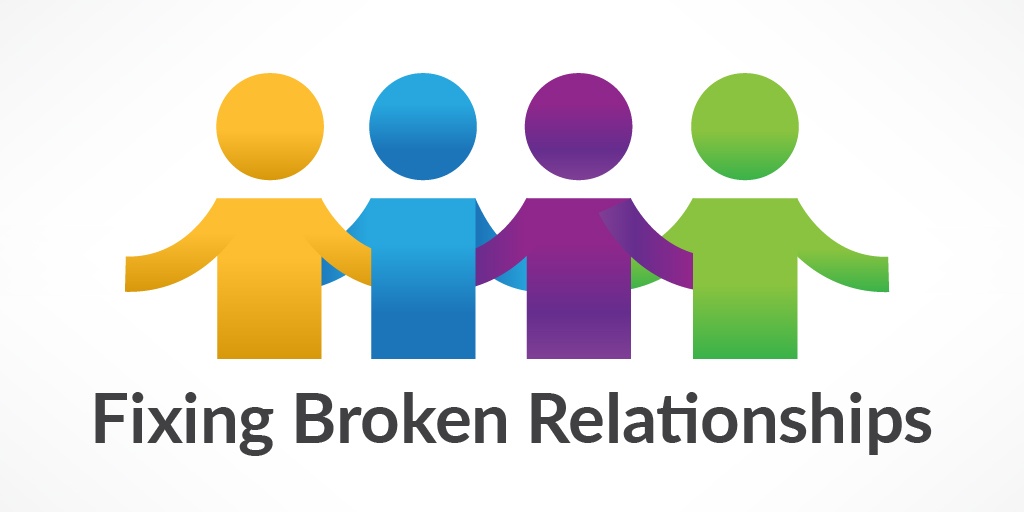When I look back at my time in the classroom, memories that most often pop up are seeing and hearing my students work together to finish a project. Many times, they were in groups of three or four busily drawing, coloring, writing, talking. For the life of me, I can barely remember the projects themselves, but I can remember the chatter, laughing, arguing, and smiles when the project was finished. I used to feel like, this is learning! Many teachers have probably experienced and felt that same sense of excitement and accomplishment. When we see our students fully engaged and involved in a project, it reveals their interests and connection to the topic. You will likely see many ‘aha’ moments.
Topics: Classroom Collaboration, collaborative learning, Project-Based Learning, Student Engagement, edtech, virtual classroom
Winter Home Projects: Keeping Kids Engaged in Learning
It’s that time of year when it is cold outside and there is an increased chance of school being cancelled because of snowy or icy roads. Snow cancellations or delays may not be prevalent all across the country, but even San Antonio recently had a snow day. I think most teachers and students would agree that snow days are great—as long as everyone is safe at home. My students love an unexpected day off. It’s like a bonus weekend!
Topics: Lessons, Student Engagement, tips for teachers
Behind the Principal's Desk: How to Talk to Students Who Are Sent to the Office
One of the roles I was least prepared for when I became a principal was that of “lead investigator” of the school. I quickly found out that hours and hours could be swallowed up by a simple restroom issue or playground problem. I had no idea what to do or how to do it when it came to questioning students—nor did I realize how much time it could take.
Over the years, I have developed some techniques to help make this process work better, both for myself and for the students. Some of these ideas increase efficiency, some increase effectiveness, and some are just general guidelines to help maintain rapport with both students and teachers.
Topics: Administrator Resources, Student Engagement, Classroom Management
Relationships can be hard. They are dynamic, there can be communication breakdowns and misunderstandings, and philosophies and beliefs don’t always align. There are also times when relationships are strained by outside factors that have little to do with the people involved.
As a teacher, it is critical to maintain positive relationships with others. When they get rocky or go downhill, there should be a quick attempt to turn it around and mend the relationship. Whether it is a student, parent, or colleague, broken relationships not only cause stress, they often waste time and drain energy. If you have a relationship that needs fixing, here are some guidelines to help you:
Topics: Administrator Resources, Student Engagement, tips for teachers, Getting Parents Involved
Over the past few years, more research has been done on the effects of movement and exercise on the brain. In recent images of brain scans that have been taken during 20 minutes of sitting quietly and 20 minutes of walking, there is a much higher level of brain functionality following the walking. We know that blood flow helps brain waves and brain function, and body movement helps blood flow.
Topics: Student Engagement, tips for teachers
Educational leaders look for ways to maximize student learning and increase the effectiveness of teacher instruction. In my school, we use the term “best practice” when referring to strategies that are research-based and have evidence supporting them. Two practices that show great evidence in student learning are allowing students to learn through movement and incorporating technology into the classroom. While you may not think of technology and movement as a likely combination, bringing these two factors together can greatly increase engagement and help students excel.
Topics: Classroom Technology, Education Technology, curriculum, Student Engagement







